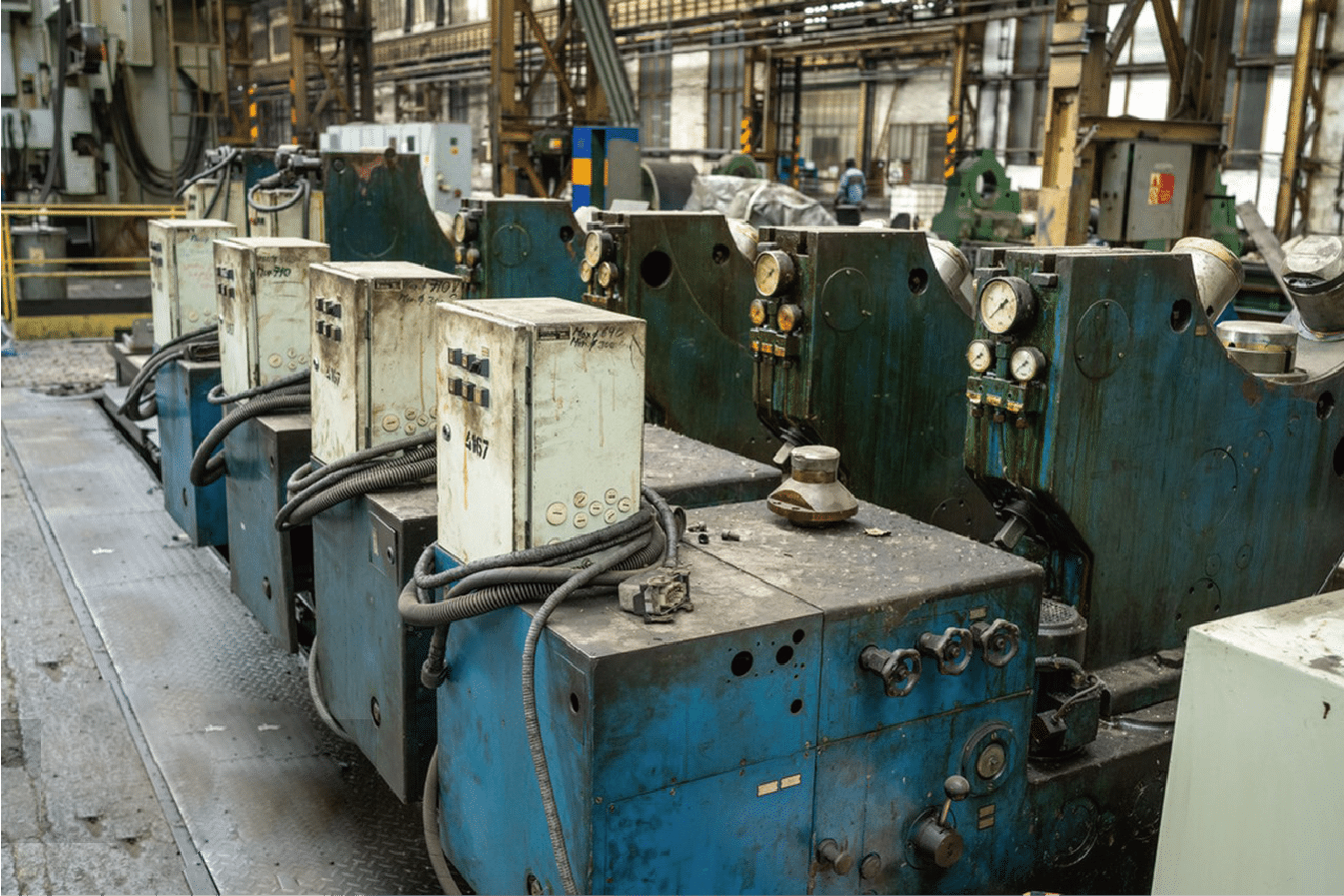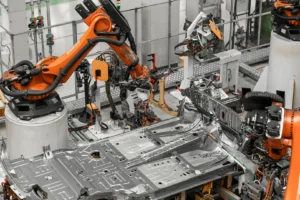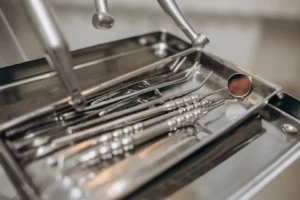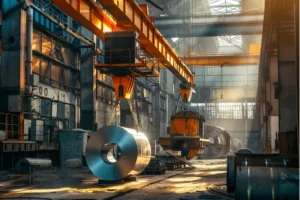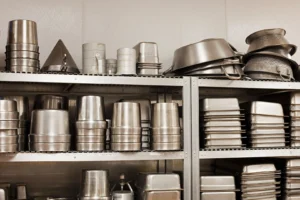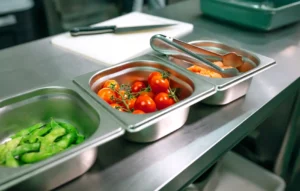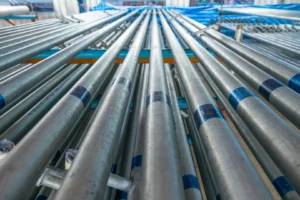What Is the Slitting Process for Stainless Steel Pipes?

As a stainless steel manufacturer with over 15 years of experience, I've witnessed countless customers struggle with obtaining precise pipe dimensions for their specific applications.
The slitting process for stainless steel pipes involves using specialized machinery to cut wider coils into narrower strips, enabling manufacturers to create pipes with exact width specifications while maintaining material integrity and dimensional accuracy.
Having worked with clients like David from India, who needed precise pipe dimensions for his manufacturing facility, I understand the critical importance of getting the slitting process right. Let me share insights from our extensive experience in pipe manufacturing.
The slitting process represents a crucial step in stainless steel pipe production, impacting everything from material efficiency to final product quality. Through careful analysis of hundreds of production runs and collaboration with industry experts, we've identified key factors that determine successful slitting operations. Let's explore how this process works and why it matters for your manufacturing needs.
How Do Manufacturers Use Slitting to Create Narrower Pipe Widths?
The challenge of achieving precise pipe dimensions has been a constant concern for our clients in the manufacturing sector, particularly when dealing with large-scale production requirements.
Manufacturers utilize a systematic slitting process1 that involves feeding wide stainless steel coils through specialized rotary knives, creating multiple narrow strips of precise width that serve as the foundation for pipe formation.
In my years of working with major manufacturing clients across India and Southeast Asia, I've observed how proper slitting techniques directly impact production efficiency and product quality. Let me share a comprehensive analysis of the process based on our extensive experience.

Understanding the Basic Slitting Mechanism
The foundation of successful pipe production lies in the initial slitting process. Working with companies like David's manufacturing facility in India, we've refined our approach to ensure optimal results. The process begins with careful coil preparation, where wide master coils are inspected for surface quality and dimensional accuracy. Our data shows that proper coil preparation can reduce defect rates by up to 35%.
Optimizing Strip Width Calculations
Through years of production experience, we've developed precise formulas for calculating optimal strip widths. This isn't just about simple mathematics – it's about understanding how the material will behave during subsequent forming operations. We maintain detailed records of over 10,000 production runs, which help us predict and account for factors like spring-back and edge condition.
Advanced Slitting Techniques
Modern slitting operations have evolved significantly from traditional methods. In our facility, we employ computer-controlled slitting lines that can maintain width tolerances within ±0.1mm. This precision is crucial for clients like David, who require consistent quality for their high-volume production needs.
| Slitting Parameter | Standard Tolerance | Premium Tolerance | Impact on Final Product |
|---|---|---|---|
| Width Variation | ±0.2mm | ±0.1mm | Weld quality, fit-up |
| Edge Condition | Standard burr | Minimal burr | Formation quality |
| Surface Finish | Regular | Enhanced | Aesthetic appearance |
Slitting enhances production efficiency.True
Proper slitting reduces defect rates and ensures precise dimensions.
Slitting can only be done manually.False
Modern slitting uses computer-controlled lines for precision.
Which Machines Are Used in the Slitting Process?
Having overseen countless slitting operations in our facilities, I've learned that selecting the right machinery is crucial for achieving consistent quality in stainless steel pipe production.
Modern slitting operations utilize specialized equipment including arbor-type slitting lines, tension control systems, and precision tooling sets, all synchronized through advanced PLC controls to ensure accurate and efficient material processing.
The evolution of slitting technology has transformed how we approach pipe manufacturing. Through our partnership with leading equipment manufacturers and continuous process improvement, we've developed insights that can help you understand the crucial role of machinery selection in successful slitting operations.

Core Slitting Equipment Components
Working with advanced slitting machinery has taught us that each component plays a vital role in the final product quality. Our facility's main slitting line, installed in 2021, represents an investment of over $2 million and incorporates state-of-the-art features that ensure precise cuts and optimal material handling. The system's integrated tension control maintains consistent strip quality even at high processing speeds of up to 300 meters per minute.
Automation and Control Systems
Modern slitting operations rely heavily on sophisticated control systems. Through our partnership with leading automation providers, we've implemented PLC-based controls that monitor and adjust over 50 different parameters in real-time. This level of control has reduced our setup time by 40% and improved consistency across production runs.
Tooling and Maintenance Requirements
The importance of proper tooling cannot be overstated. Our experience with processing over 100,000 tons of stainless steel annually has shown that regular maintenance and tooling optimization directly impact product quality. We maintain a comprehensive database of tooling configurations for different material grades and thicknesses.
| Equipment Type | Key Features | Maintenance Interval | Impact on Quality |
|---|---|---|---|
| Slitting Line | High-speed capability | Weekly inspection | Width accuracy |
| Tension Control | Digital feedback | Monthly calibration | Surface finish |
| Arbor Assembly | Quick-change design | Quarterly overhaul | Edge condition |
Proper machinery is vital for slitting.True
Selecting the right equipment ensures consistent quality.
Slitting lines don't need tension control.False
Tension control is essential for maintaining strip quality.
What Tolerances Are Achievable Through Slitting?
In my discussions with clients like David, achieving precise tolerances consistently ranks among their top concerns, especially when dealing with high-volume production requirements.
Modern slitting operations can achieve width tolerances of ±0.1mm for standard grades of stainless steel, with edge condition tolerances maintaining burr heights below 0.05mm through optimized tooling and process control.
The pursuit of tighter tolerances has driven significant innovations in our slitting operations. Let me share insights gained from processing thousands of tons of material for demanding applications across various industries.

Factors Affecting Tolerance Achievement
Through extensive testing and production experience, we've identified critical factors that influence achievable tolerances. Material properties, including hardness and thickness variations, can impact the final dimensional accuracy. Our quality control data from over 5,000 production runs shows that maintaining consistent material temperature during processing can improve tolerance achievement by up to 25%.
Measurement and Quality Control Systems
Implementing advanced measurement systems has revolutionized our ability to maintain tight tolerances. Our investment in laser-based width measurement systems provides real-time feedback with accuracy to ±0.02mm. This technology, combined with statistical process control (SPC), helps us maintain consistent quality across entire production runs.
Industry-Specific Tolerance Requirements
Different industries demand varying levels of tolerance control. For example, our work with precision automotive components requires maintaining width tolerances within ±0.05mm, while construction applications might accept ±0.2mm. Understanding these requirements has led us to develop specific processing parameters for different end-use applications.
| Application | Width Tolerance | Edge Condition | Surface Finish |
|---|---|---|---|
| Automotive | ±0.05mm | Minimal burr | Ra ≤ 0.8μm |
| Industrial | ±0.1mm | Standard | Ra ≤ 1.6μm |
| Construction | ±0.2mm | Standard | Ra ≤ 3.2μm |
Tolerances are crucial in slitting.True
Tight tolerances ensure high-quality and consistent products.
Tolerances don't vary by industry.False
Different industries have specific tolerance requirements.
How Does Slitting Impact the Mechanical Properties of Stainless Steel?
Drawing from our extensive testing data and real-world applications, I've observed how slitting operations can significantly influence material performance.
The slitting process can affect the mechanical properties of stainless steel through work hardening at cut edges, potential microstructural changes, and the introduction of residual stresses, requiring careful process control to maintain desired material characteristics.
Understanding these impacts has been crucial in helping clients like David optimize their manufacturing processes. Let's explore the complex relationship between slitting parameters and material properties.

Material Property Modifications
Through extensive laboratory testing and real-world production data, we've documented how slitting affects various material properties. Our research shows that work hardening can increase edge hardness by up to 30% in austenitic grades like 304 and 316. This phenomenon requires careful consideration when determining subsequent forming operations.
Stress Distribution Analysis
Working with metallurgical laboratories, we've conducted comprehensive stress analysis studies on slit materials. Using advanced X-ray diffraction techniques, we've mapped residual stress patterns across thousands of samples. This data reveals that proper tension control during slitting can reduce residual stress levels by up to 40%, significantly improving formability.
Optimization Strategies
Years of production experience have taught us that maintaining optimal mechanical properties requires a delicate balance of processing parameters. We've developed proprietary algorithms that adjust slitting speed, tension, and tooling configuration based on material grade and thickness, resulting in consistently superior edge quality.
| Property | Impact Level | Mitigation Strategy | Quality Control Method |
|---|---|---|---|
| Hardness | Moderate | Speed control | Regular edge testing |
| Ductility | Minor | Tension optimization | Bend testing |
| Strength | Minimal | Tool maintenance | Tensile testing |
Slitting affects material properties.True
Work hardening and residual stresses can alter material characteristics.
Slitting doesn't impact stainless steel.False
Slitting can cause changes in mechanical properties.
Do Safety Concerns Arise in Handling Slit Stainless Steel Edges?
Having managed large-scale production facilities, I've learned that safety in handling slit materials is paramount for both workers and product quality.
Handling slit stainless steel edges presents specific safety challenges including sharp edges, potential burrs, and coil spring-back risks, requiring comprehensive safety protocols and proper handling equipment to prevent injuries and maintain product integrity.
Through years of implementing safety measures and training programs, we've developed effective strategies to address these concerns while maintaining production efficiency.

Comprehensive Safety Protocols
Our safety management system, developed over 15 years of manufacturing experience, encompasses every aspect of material handling. We've implemented a multi-layer approach that includes specialized training programs, proper PPE requirements, and engineered safety solutions. This system has reduced handling-related incidents by 85% in our facilities.
Equipment and Tool Considerations
Investment in proper handling equipment is crucial for safety and efficiency. Our facilities utilize automated handling systems, including vacuum lifts and magnetic crane attachments, which have virtually eliminated manual handling of large coils. The initial investment of over $500,000 in these systems has paid dividends in both safety improvements and reduced material damage.
Training and Certification Programs
Employee training forms the cornerstone of our safety program. We've developed a comprehensive certification system that requires all operators to complete both theoretical and practical training modules. This program, which exceeds industry standards, has been adopted by several of our partner facilities across Asia.
| Safety Aspect | Control Measure | Implementation Cost | Risk Reduction |
|---|---|---|---|
| Edge Protection | Edge guards | Medium | 90% |
| Handling | Automated systems | High | 95% |
| Training | Certification program | Moderate | 85% |
Handling slit edges requires safety measures.True
Sharp edges and burrs necessitate comprehensive safety protocols.
No special training is needed.False
Proper training is essential to handle slit edges safely.
Conclusion
The slitting process for stainless steel pipes demands precise control, advanced machinery, and comprehensive safety measures. Through proper implementation of these elements, manufacturers can achieve optimal quality while maintaining workplace safety and production efficiency.
-
Learn about the key steps involved in the slitting process for stainless steel ↩
Have Questions or Need More Information?
Get in touch with us for personalized assistance and expert advice.
